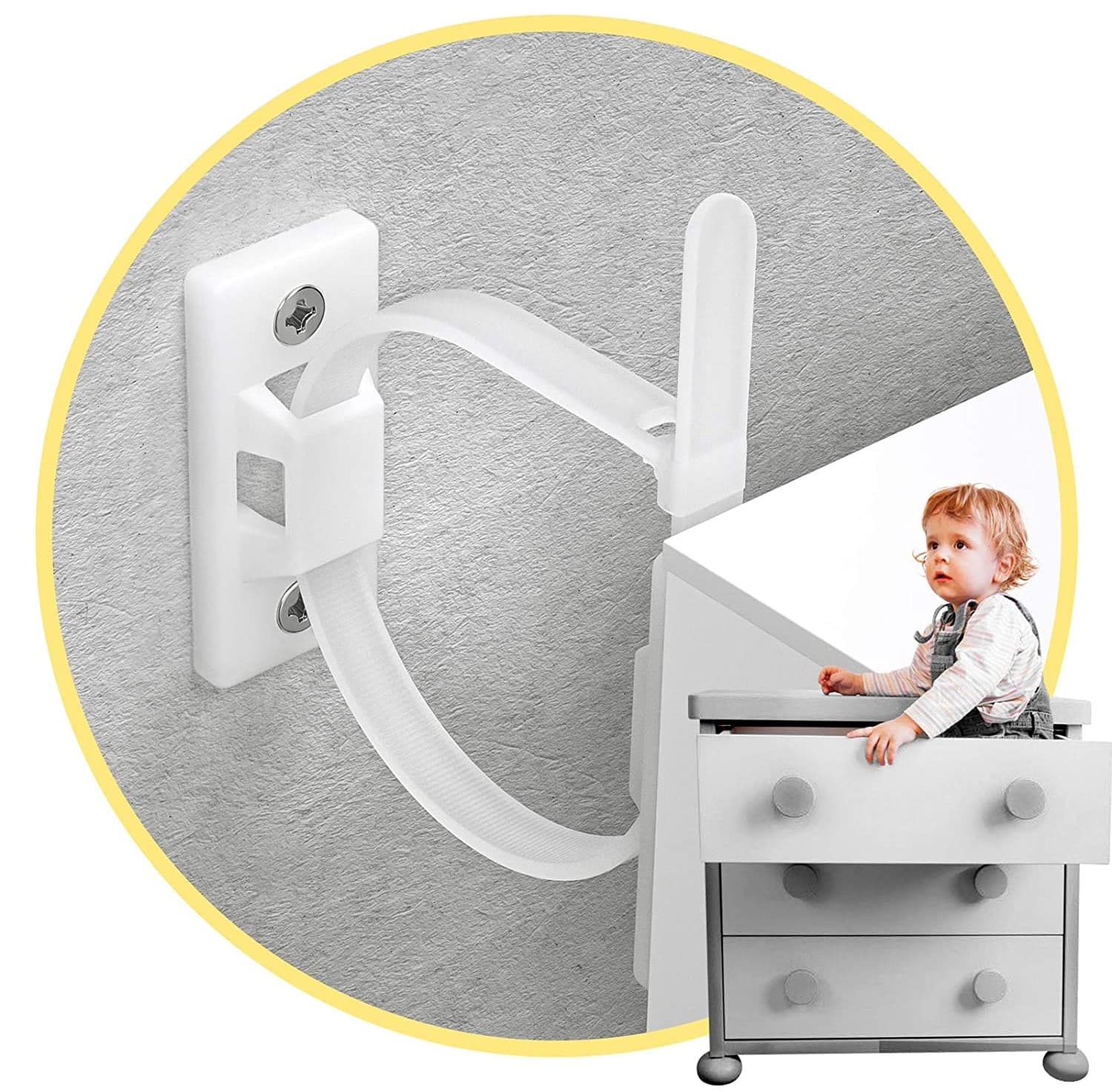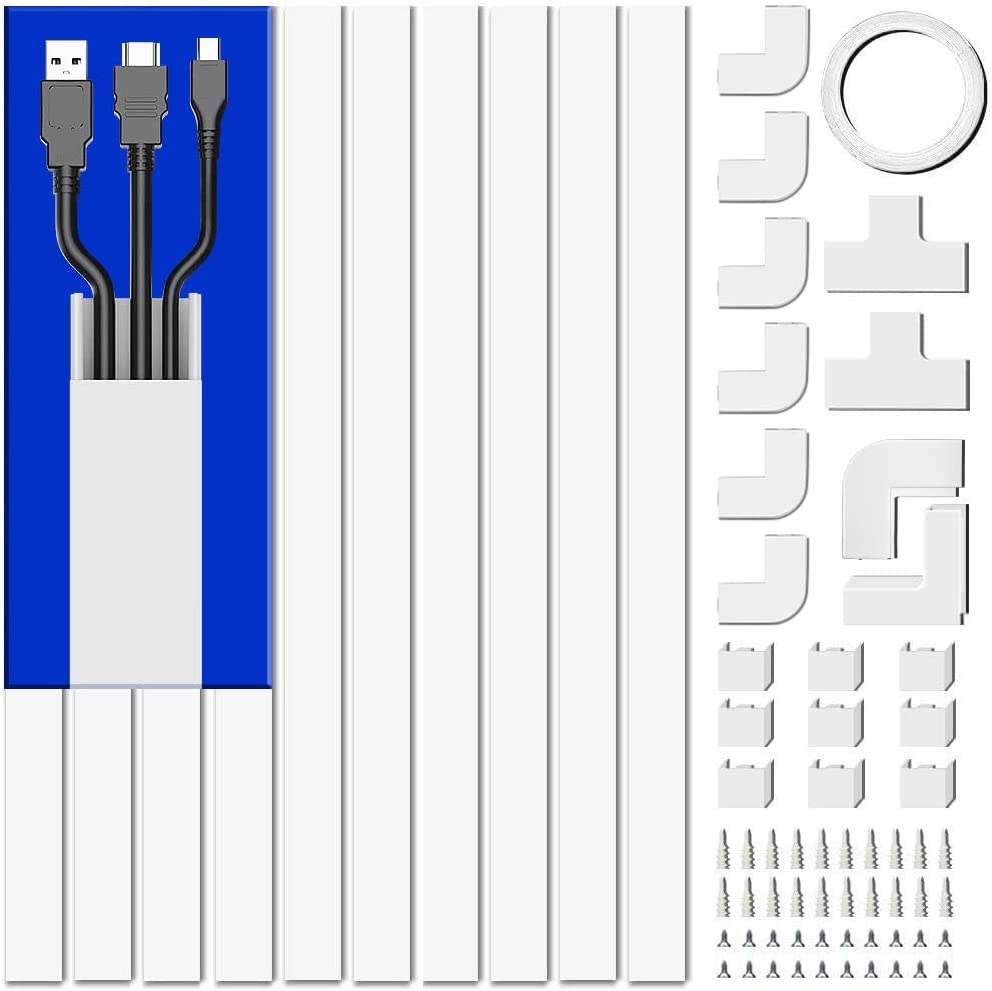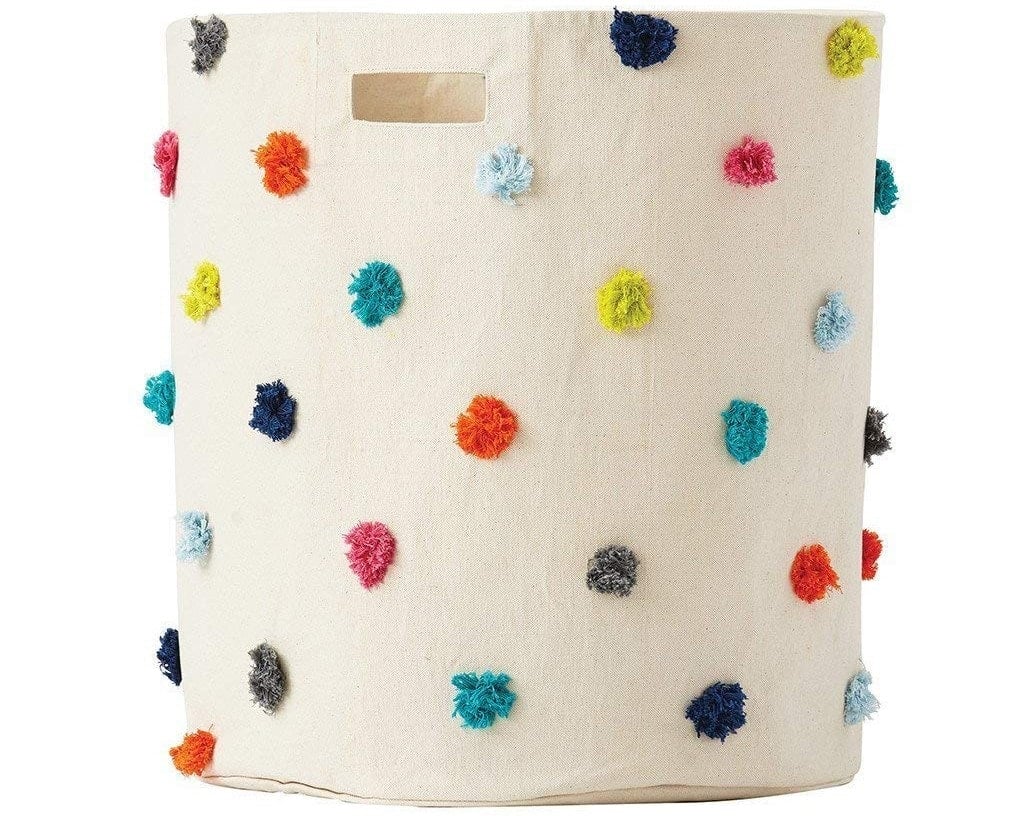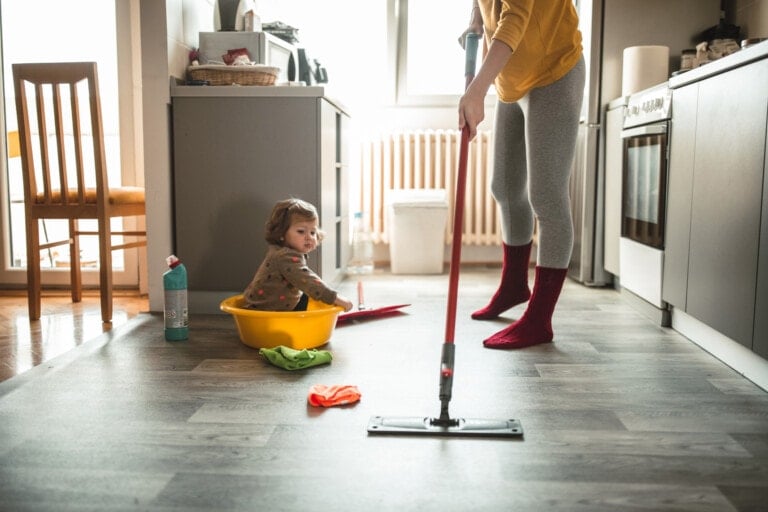Welcoming a baby into the world is one of the most rewarding experiences. You get to raise a tiny human and watch them grow and learn. Of course, this doesn’t come without some challenges. And as they discover new abilities like rolling and crawling, you must start baby proofing.
Baby proofing your home is an essential task. If you are unsure about where to start, don’t worry. We have put together the ultimate baby proofing checklist that breaks down everything you need and everything you will have to look out for.
Why Is Baby Proofing Important?
Keeping your child safe is always a top priority. A parent’s job is to give their babies a safe place to explore and play. Preventing injuries and accidents is essential when a baby is ready to move and interact with their surroundings. A healthy and safe baby is a happy baby — with happy and (more) relaxed parents. You want to enjoy this phase of their life without constantly worrying about them getting hurt.
When Should You Baby Proof Your Home?
Pediatricians recommend parents begin childproofing their homes before their baby becomes mobile, typically in the 6- to 9-month window. It’s never a bad idea to start childproofing earlier.1
How to Baby Proof Your Home
You are likely wondering, where do I start? You can take numerous steps to keep them safe even before their arrival. Regarding certain safety aspects, here is what you need to baby proof your entire house.
General Baby Proofing
Carbon Monoxide and Smoke Detectors

Ensure that your carbon monoxide and smoke detectors work properly, and store extra batteries in a safe place. Smoke detectors should be installed inside each bedroom, outside each sleeping area, and on every level of the home, including the basement. Units should be tested monthly, and batteries should be replaced at least once yearly. Smoke detectors typically have a 10-year lifespan and should be replaced.2,3,4
Baby Gates

Hardware-mounted gates should be installed at the top and bottom of the stairs. Pressure-mounted gates should not be used on the stairs because they can fail if enough force is applied, and they will have a bottom bar which presents a trip hazard. Gates can also be used to prohibit access to certain rooms or other areas of the home.5
Electrical Outlets

Homes built after 2008 should have tamper-resistant receptacles, or TRR, as the 2008 National Electrical Code requires. If your home doesn’t have those, the next best option is a sliding outlet cover. The single outlet plug inserts are not recommended, as they can be easily removed by a child and present a choking hazard.6,7
First Aid Kit

A fully stocked first aid kit ready to use is excellent to have on hand for every type of situation.
Poison Control Number
Everyone who watches the baby should have this number saved in their phone — 1-800-222-1222.
Fire Extinguisher
Buy Here

You will need a working fire extinguisher that has been inspected. Be sure you know how to use it in case of an emergency. Home fire extinguishers typically have a recommended 12-year lifespan.8
Check the Paint

Make sure any peeling or cracked paint is sealed. Babies are curious and will touch everything. Older homes should be tested for lead. At this age, they still try things with their mouths.9
Baby Proofing the Kitchen
Here are some things to keep in mind and add to your baby proofing to-do list when you start working on your kitchen.
Put Away Appliances
Store any appliances out of your child’s reach. If they stay out, ensure you unplug them and the cords are not accessible when they are not in use.10
Cabinet and Drawer Locks

Protect all cabinets and drawers below counter height with childproof latches. Children should not be able to access any hazards cabinets contain, including sharp items, chemicals, medicines, and breakable objects. Your baby should not have access to what is in the cabinets and drawers in the kitchen, as they are dangerous — including cleaning supplies. This will also prevent pinched fingers.1
Stove

Safeguard the knobs on your stove so your little one doesn’t accidentally turn it on. Some ovens have electronic lockouts built into the unit; consult your owner’s manual.11
Sharp Objects
Cutlery and other sharp objects should be stored up high or in a locked cabinet or drawer.
Baby Proofing the Living Space
Anchor Furniture

Furniture tipping or falling over is one of the most common causes of injuries in young children. Anchor dressers, entertainment centers, large leaning mirrors, and shelving units to the wall to prevent this. Ensure you use proper anchoring hardware and securing into the studs, do not use drywall anchors.12
Anchor or Mount TV

Like furniture, TVs can tip and fall, so anchor or mount them to the wall.12
Electrical Cords

Keep all electrical cords covered and out of reach so little ones can’t pull or chew on them.10
Window Blinds and Curtains

Keep cords high and out of reach by using blind cord cleats.13
Fireplace

Never leave your fireplace unattended when it’s in use; always cover it with a screen.11
Baby Proofing the Bathrooms
Toilet

Consider a lock for the lid to keep little hands out of it.
Bathtub

Never fill the bathtub with water and leave it unattended. When bathing your baby, check the temperature to be sure it’s not too hot. Set water heaters no hotter than 120 degrees Fahrenheit.14
Cabinet Locks

Install cabinet and drawer locks to limit access to hazards such as medicines, cleaning supplies, and other dangerous items. Medicine cabinets and under-the-sink cabinets should have locks as well.1
Baby Proofing The Nursery
Crib
Keep the crib away from windows, lamps, decorations, or anything that can fall into the crib or that baby can grab. To prevent suffocation, do not put stuffed animals or loose blankets into the crib while your baby sleeps. Install baby monitors and cords so a child cannot access the cord. As your child grows, be proactive with lowering the crib mattress to prevent climbing out or falls.15
Anchor Furniture
As in your living room, anchor dressers and any furniture that can tip over to the wall. Ensure you use proper anchoring hardware and securing into the studs, do not use drywall anchors.12,15
Toy Storage

Open boxes or bins are suitable for young children because lids can be heavy, and hinges can pinch their fingers.
What You Will Need to Baby Proof Your Home
Here is a list of some essential baby proofing products you should buy for your home to keep your child safe as they explore the world around them.
- Sliding outlet cover plates
- Corner bumpers
- Baby gates (hardware-mounted)
- Furniture anchoring straps
- Batteries
- Cabinet locks
Consider a Professional Baby Proofer
You may also want to consider consulting a professional child proofer. They can conduct a thorough safety evaluation of your home, identifying hazards you may not be aware of and recommending the best solutions. You can search for a child proofer here.
Ensuring your child’s safety in your home by baby proofing will prevent injury and give them the best experience exploring the new world around them. Watching them learn and grow should be a worry-free and exciting time for babies and their parents.






























